Revised Scientific Assessments for Mackerel and Herring
Publisert den 30.07.2025 av Per Arne Fagervoll Meek
New methodology alters the scientific picture, but industry voices caution from the waterline.
In June 2025, the International Council for the Exploration of the Sea (ICES) released a benchmark assessment for two of the Northeast Atlantic's most commercially important pelagic species: Northeast Atlantic mackerel (Scomber scombrus) and Norwegian spring-spawning (NSS) herring (Clupea harengus). The report, titled "WKBMACNSSH 2025," delivers a revised scientific view of stock development and productivity potential. However, the broader industry perspective remains more cautious.
Mackerel: Methodological Revision Raises Biomass
The benchmark includes significant methodological changes to the Northeast Atlantic mackerel assessment. Most notably, ICES has adopted an age-based natural mortality (M) model using the Lorenzen method, replacing the fixed M=0.15 used in previous years. This change, along with updated maturity ogives, revised catch-at-age data, and improved acoustic and RFID-based abundance indices, resulted in:
| Indicator | Change |
|---|---|
| Spawning Stock Biomass (SSB) | +60% |
| Fishing Mortality (Fbar) | -26% |
| Natural Mortality | Switched to Lorenzen age-based method |
| Model Note | Further validation via MSE recommended |
NSS Herring: Stable Advice with Refined Inputs
For Norwegian spring-spawning herring, ICES integrated additional recruitment indices and reclassified tagging data, while also splitting the Norwegian spawning survey (NASF) into two time series to better reflect observation variance. A custom-coded MSE framework was applied to refine reference points such as Blim and FMSY.
| Assessment Update | Details |
|---|---|
| New Data | Additional recruitment index and RFID tagging |
| NASF Survey | Split into two time series |
| Reference Points | Re-estimated with custom MSE framework |
| ICES Advice | Plan remains valid; exceeding it is unprecautionary |
From the Waterline: Industry and Fleet Perspectives
While the benchmark shows a more optimistic scientific estimate, the situation reported by fishing fleets in the previous season paints a more complex picture.
Irish and UK Fleets
- Difficulty filling quotas despite favorable fishing conditions.
- Allegations of overfishing by Norwegian and Faroese fleets.
Norwegian Fleets
- Very low coastal landings reported (e.g., 18 tonnes across 5 vessels).
- Calls for fairer access for coastal fleet segment.
- Fiskebåt denies overfishing and defends negotiated quotas.
- General industry support for 2025 Coastal States Agreement.
Conservation Viewpoint
- Mackerel remains downgraded due to consistent overfishing in recent years.
- NGOs warn that better modelling does not erase past pressure on the stock.
Summary Table
| Species | Revised SSB | Revised Fbar | 2026 Quota Outlook |
|---|---|---|---|
| Mackerel | +60% | -26% | Potential increase (with caution) |
| NSS Herring | Slightly revised | Stable/uncertain | Likely stable or reduced |
Conclusion: Science Refined, but Caution Still Warranted
The ICES 2025 benchmark reflects an important step forward in stock assessment methodology, improving the biological realism of the models used to advise management. For Northeast Atlantic mackerel, the stock appears more robust on paper, but fleet experiences and NGO warnings suggest that any quota increases for 2026 must be approached cautiously.
For herring, the updated model confirms current advice is still valid under the precautionary approach, though full Management Strategy Evaluation is encouraged.
The view from science may be brighter, but the industry urges not to mistake better visibility for a change in course.
Source: ICES
